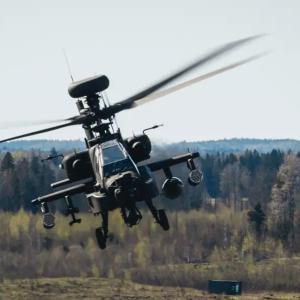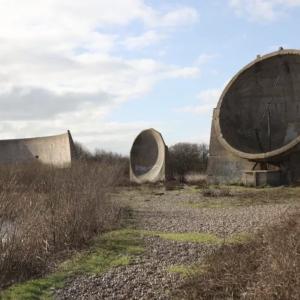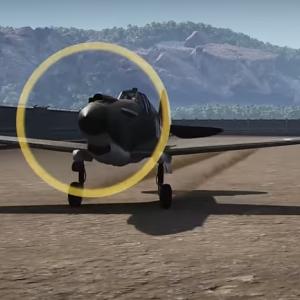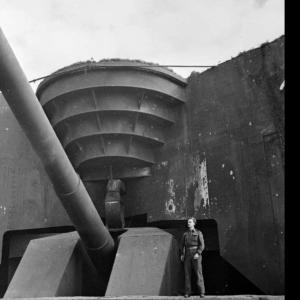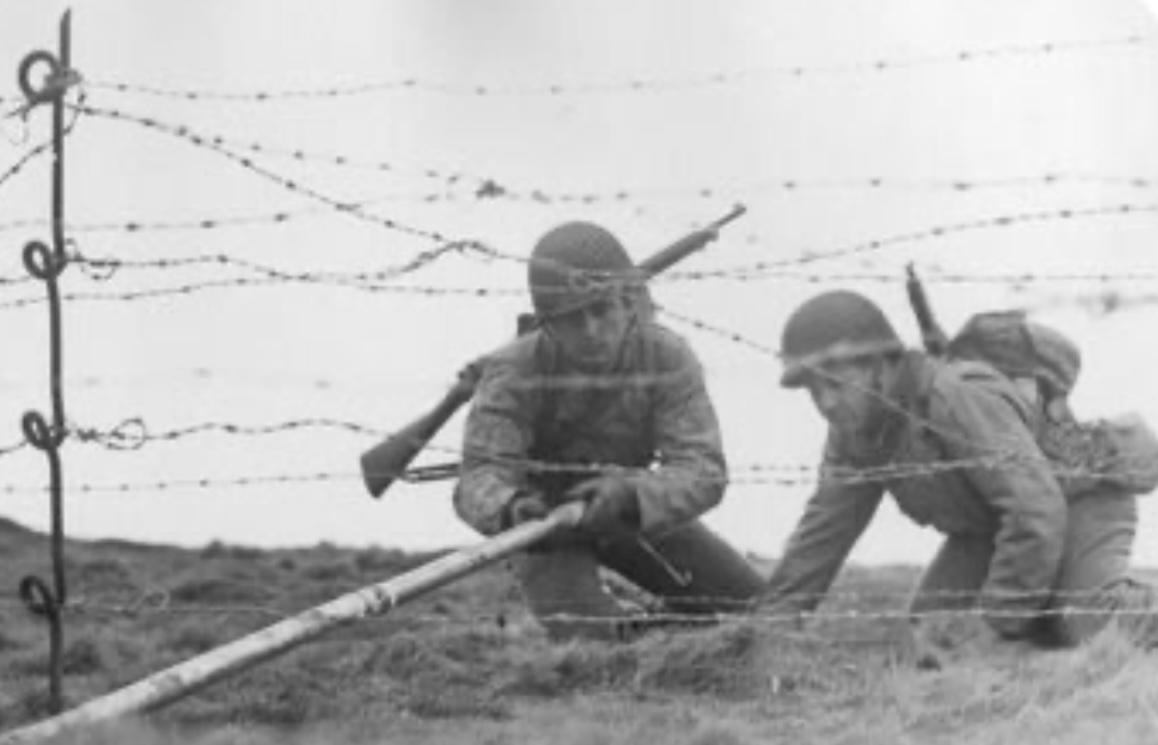
Bangalore Torpedo
The Bangalore Torpedo was invented in 1912 by Captain R. L. McClintock of the British Indian Army, serving with the Madras Sappers and Miners, an engineering unit based in Bangalore, British India. The device took its name from this city of origin, which was then an important center for British colonial military operations. The original purpose of the torpedo was to clear barbed wire entanglements that protected enemy trenches, a particularly urgent need during the early days of modern trench warfare.
The design was relatively simple but highly effective. The torpedo consisted of a series of metal tubes, usually around 1.5 meters in length and 5 centimeters in diameter, that could be connected end-to-end. These tubes were filled with explosive charges—most often TNT or similar compounds—and could be extended as needed to reach the desired length. The assembled tube was pushed forward manually or with tools into enemy obstacles. Once positioned under or within the obstruction, the charge would be detonated, destroying the obstacle and creating a safe path for infantry or engineering teams.
Over the years, various modifications were made to improve the original design. For example, in World War II, the U.S. military adopted and slightly modified the Bangalore torpedo for broader use, standardising the explosive content and improving the ease of assembly under battlefield conditions. More recently, specialised versions have been developed with more advanced explosives or propulsion mechanisms, although the core principle has remained the same.
The Bangalore torpedo has served multiple tactical purposes throughout its operational life. Its most common use has been to breach barbed wire defenses, especially in situations where direct manual removal would expose soldiers to enemy fire. By allowing combat engineers or infantry units to stay under cover while clearing a path, the torpedo helped reduce casualties in offensive operations.
In addition to barbed wire, the Bangalore torpedo has been used to detonate anti-personnel mines, clear rubble or debris, and even destroy small bunkers or light fortifications. Its modular design made it especially useful in confined environments, such as urban combat or trench warfare, where precision and adaptability were necessary. One key advantage of the torpedo is that it does not require precise placement to be effective. Its explosive force is sufficient to create a gap wide enough for infantry to pass through, often under active enemy resistance. Moreover, because it could be deployed from a relatively safe distance—sometimes up to 10 or 15 meters depending on the length assembled—it reduced the exposure time for the soldiers involved in obstacle clearing.
The Bangalore Torpedo was first used during World War I, notably on the Western Front, where trench warfare and barbed wire entanglements created a dire need for effective obstacle-clearing devices. Its ability to create clear paths through otherwise impenetrable defenses made it invaluable during assaults on entrenched positions. British forces employed it extensively during attacks on German lines, especially in the later stages of the war when trench systems became more elaborate.
During World War II, the Bangalore Torpedo saw even more widespread use. It became a standard piece of equipment for Allied combat engineers and assault troops. One of the most iconic uses of the torpedo was during the D-Day landings on June 6, 1944. U.S. Army Rangers and British commandos used Bangalores to breach beach obstacles and minefields under intense enemy fire at places like Omaha and Sword Beach. The success of these operations owed much to the ability of the torpedo to swiftly and safely clear paths through German defenses.
Beyond the two World Wars, the Bangalore Torpedo has continued to see use in a variety of conflicts. During the Korean War and the Vietnam War, U.S. forces used it to breach both natural and man-made obstacles, including jungle defenses and tunnel systems. More recently, in modern counter-insurgency and urban warfare scenarios—such as those seen in Iraq and Afghanistan—the Bangalore Torpedo has been employed in modified forms for clearing booby traps, opening safe paths through heavily mined areas, or even in hostage rescue scenarios.
The Bangalore Torpedo represents a unique intersection of simplicity and effectiveness in military engineering. Designed by Captain McClintock in the early 20th century, this device has remained largely unchanged in its core function and has proved its value in a wide range of military theaters. From the mud-soaked trenches of World War I to the beaches of Normandy and the urban battlegrounds of the 21st century, the Bangalore Torpedo has continued to serve as a reliable, life-saving tool for combat engineers and infantry alike. Its enduring presence in military arsenals across the globe is a testament to its ingenious design and tactical utility.


